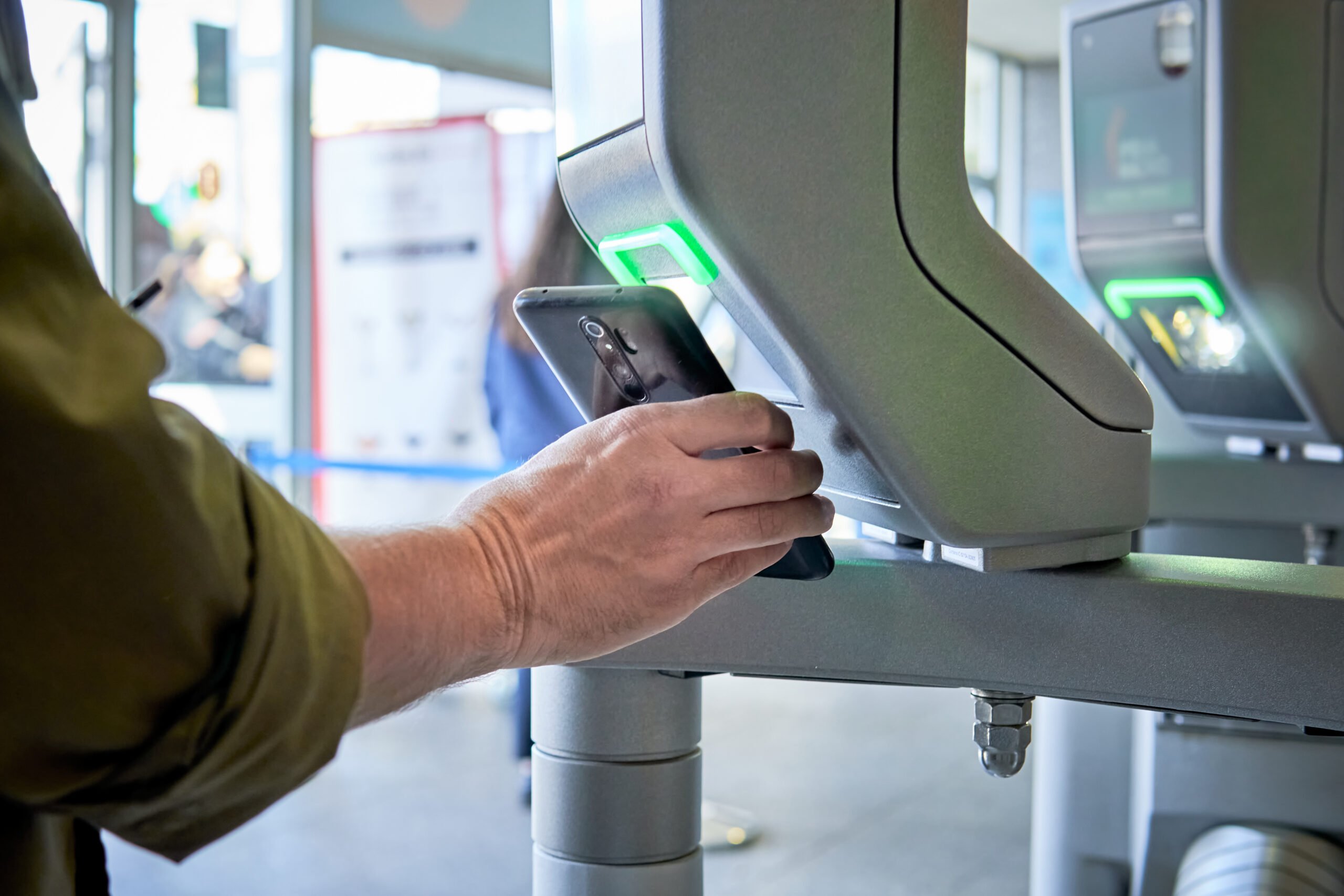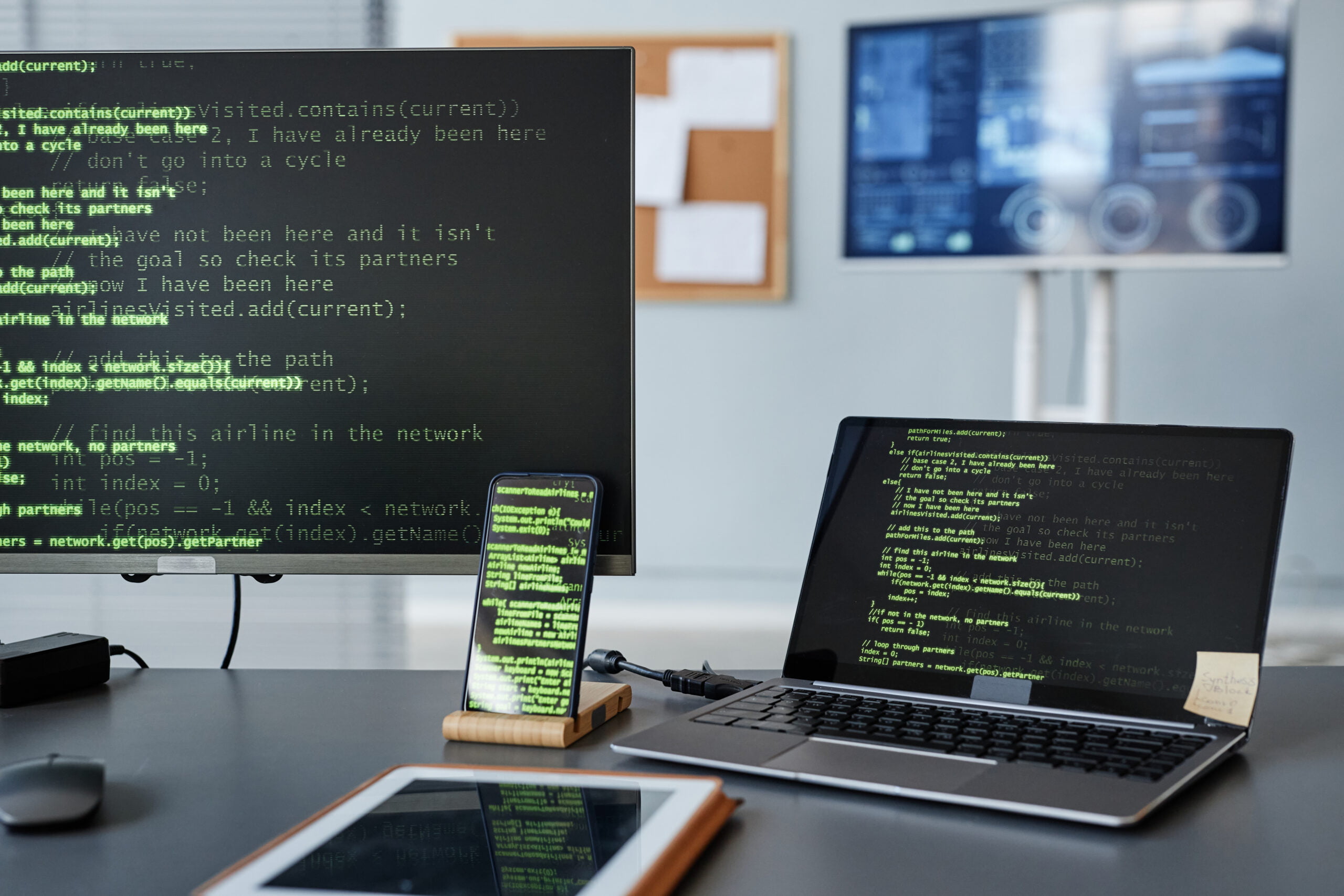Airborne Electronic Hardware is, essentially, specially engineered hardware that is approved for use in aircraft. It often works with specialized software in critical devices like autopilot systems. Such pieces of technology are extremely important for making sure the safe operation of an aircraft goes unhindered, and many safety tests need to be carried out to make sure such systems are reliable. If you are looking to make sure a plane’s autopilot system is reliable, for example, everything that comes together to make it work needs to be certified from the sensors that gather the required data to the software that processes and applies that data.
Since Airborne Electronic Hardware is important to the operation of an airplane, it needs to be comprehensively certified. To this end, certification guidelines like “DO-178C” exist to detail such requirements. Guidelines like DO-178C, titled “Software Considerations in Airborne Systems and Equipment Certification,” is not a simple list of check-boxes that need to be filled before the software in question can be certified. Rather, it describes a rigorous process by which a piece of software needs to be tested before it is considered safe enough to be certified. The closely related “DO-254” certification process is important as well, but it is instead geared toward analyzing the safety of electronic hardware rather than important software. Both certification processes are worthy of intense study by themselves, so if something is certified in either manner you can rest assured it has been rigorously examined and refined.
Although such guidelines generally dictate the method by which airborne electronic hardware is developed, it is not enough for a company in charge of that hardware’s development to merely put their own seal of approval on it. Once a piece of hardware or software has been designed and built in accordance with one of the above-mentioned certification guidelines, it is then inspected by a Designated Engineering Representative. These representatives are highly qualified individuals hired by the Federal Aviation Administration who, in addition to analyzing and approving engineering data to the FAA, likely specialize in a field related to the hardware in question that is being certified. A DER is not guaranteed to be a wholly unbiased professional— indeed, there are Company DERs who are qualified to act as a DER for an engineering company that employs them— but the approval process is stringent enough that it is unlikely that bias towards a single company would compromise the quality of the electronic or software components of an aircraft.
If you are interested in learning about the details of what goes into airborne electronic hardware, there are resources available to help assist the aspiring Designated Engineering Representative in learning what, exactly, goes into developing aircraft components. These classes generally include physical attendance at classes and lectures, but the occasional training video is available as well. Different classes may require different levels of expertise within the realm of aircraft hardware, but such classes are generally geared toward professionals looking to further specialize their skillset.
Aircraft travel is safe in large part as a result of the effort it takes to make sure airborne electronic hardware is properly developed, certified and utilized. To say that this is remarkable would be an understatement; a Boeing 787 has at least 6 million lines of code, and it all needs to work in tandem with the plane’s built-in electronic hardware. It is through the exhaustive efforts of engineers that such vehicles are safe for everyday use, and if something is considered to be “airborne electronic hardware,” you can be certain that it will perform its function well.
certain that it will perform its function well.





















